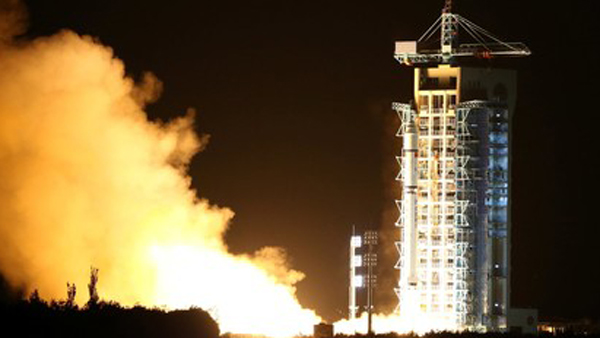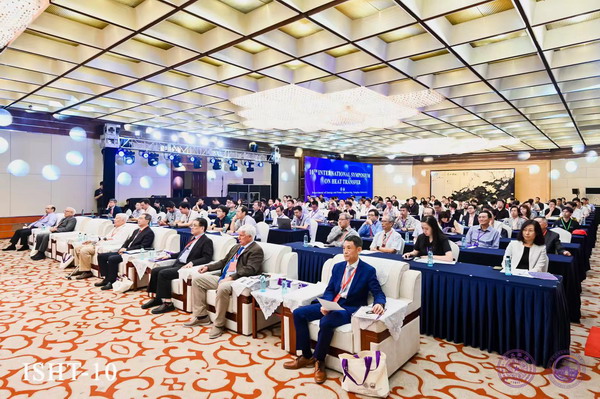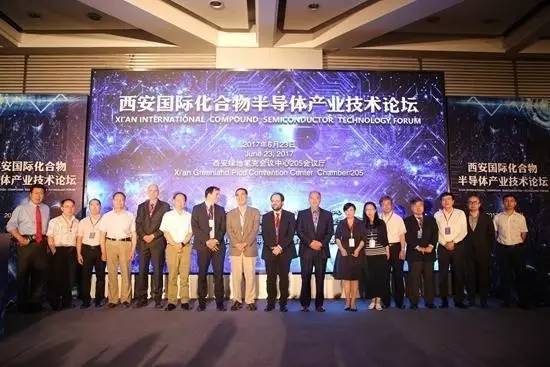China launched its first x-ray telescope Thursday morning, a significant step in the country’s race to develop a space program that can rival that of the US or Russia.
周四早上,中國(guó)發(fā)射了首個(gè)X射線太空望遠(yuǎn)鏡。在中國(guó)發(fā)展可與美俄匹敵的太空計(jì)劃的征程中,此舉是邁出了重要一步。
The Hard X-ray Modulation Telescope (HXMT) took off from China’s Jiuquan Satellite Launch Center, the country’s first satellite launch site, located in Inner Mongolia via a domestically-developed Long March-4B rocket, writes Emily Feng in Beijing.
這一“硬X射線調(diào)制望遠(yuǎn)鏡”(Hard X-ray Modulation Telescope,簡(jiǎn)稱HXMT)由一枚在國(guó)內(nèi)研制的長(zhǎng)征四號(hào)乙(Long March-4B)運(yùn)載火箭從酒泉衛(wèi)星發(fā)射中心發(fā)射升空。酒泉衛(wèi)星發(fā)射中心位于內(nèi)蒙古,是中國(guó)第一個(gè)衛(wèi)星發(fā)射場(chǎng)地。
Once in orbit, the telescope will be used to observe high-energy entities like black holes, pulsars and gamma-ray bursts in order to understand more about their energy sources.
一旦進(jìn)入軌道,該望遠(yuǎn)鏡將被用于觀測(cè)諸如黑洞、脈沖星和伽馬射線暴等高能實(shí)體,以更好地理解它們的能量來源。

Work on the telescope began in 2000 as a joint collaboration between China’s Ministry of Science and Technology of China, the Chinese Academy of Sciences, and Tsinghua University in Beijing.
2000年,作為中國(guó)科技部(Ministry of Science and Technology)、中科院(CAS)和清華大學(xué)(Tsinghua University)的合作項(xiàng)目,圍繞該望遠(yuǎn)鏡的研制工作在北京啟動(dòng)。
China has poured enormous resources into developing its ambitious space program, which has sought to emulate many of the achievements of its American and Russian counterparts such as putting a man on the moon. In April, China successfully launched its first cargo spacecraft, the Tianzhou-1, to support its fledgling space lab.
中國(guó)在發(fā)展其雄心勃勃的空間計(jì)劃方面投入了大量資源。這一空間計(jì)劃試圖趕超美國(guó)和俄羅斯同類計(jì)劃的許多成就——比如把人類送上月球。今年4月,中國(guó)成功發(fā)射了首個(gè)貨運(yùn)飛船天舟一號(hào)(Tianzhou-1),以支持其剛剛建成的太空實(shí)驗(yàn)室。




